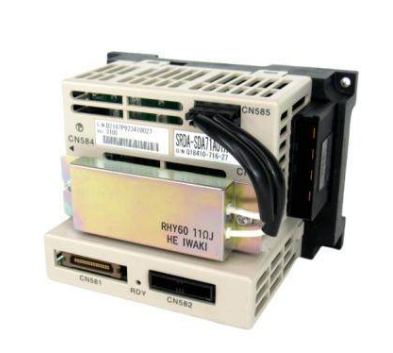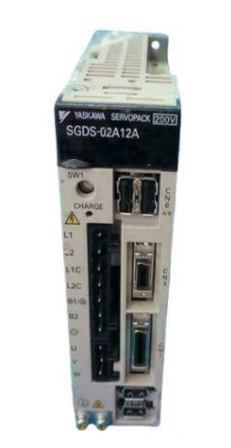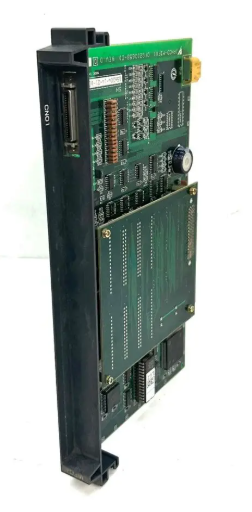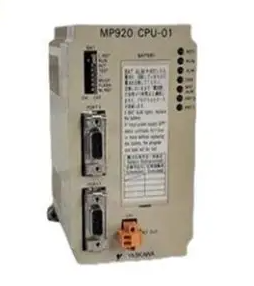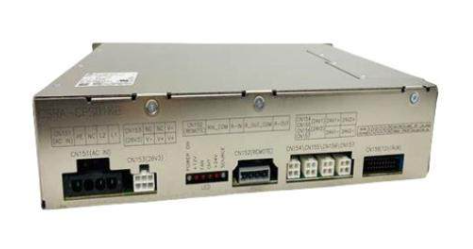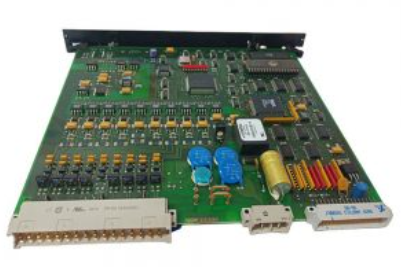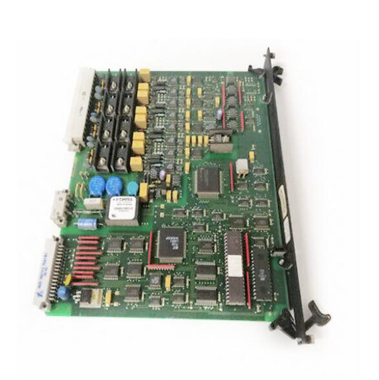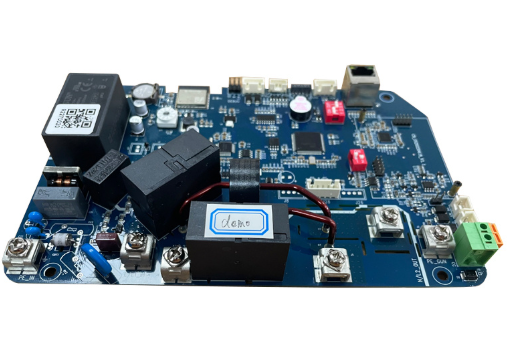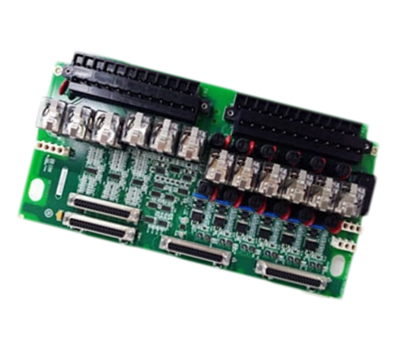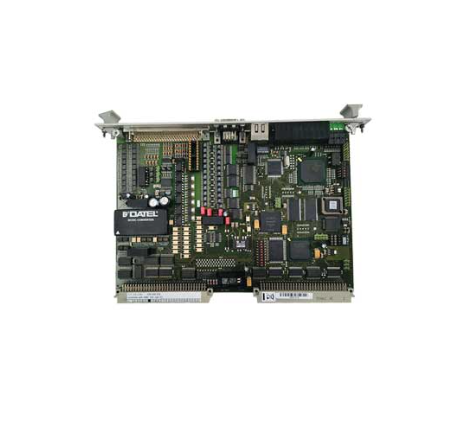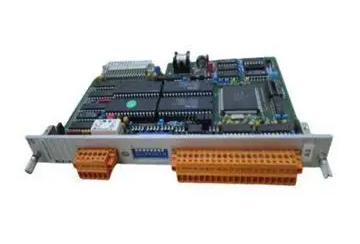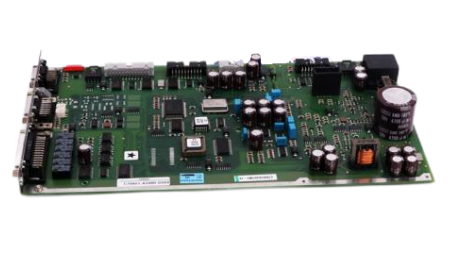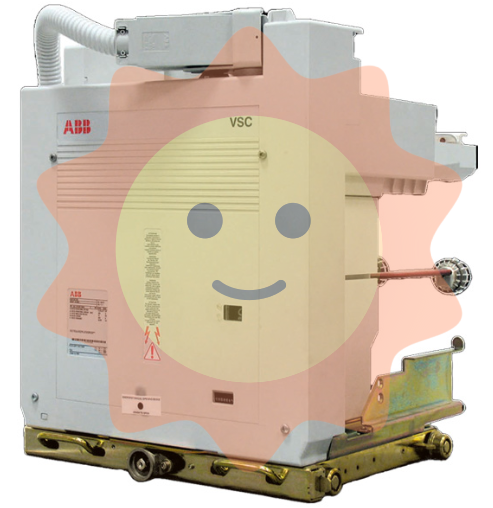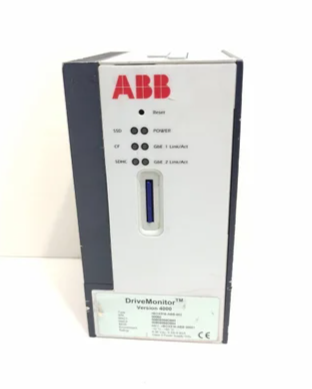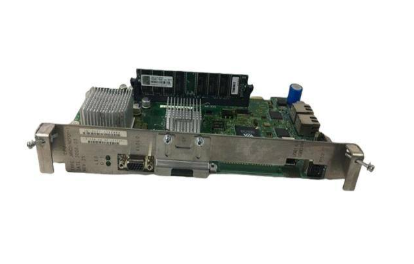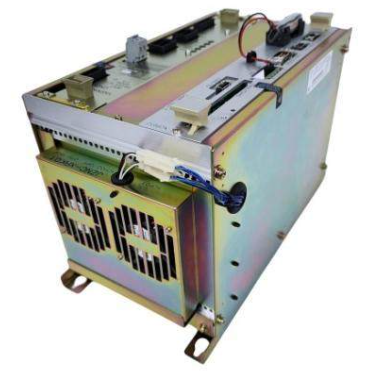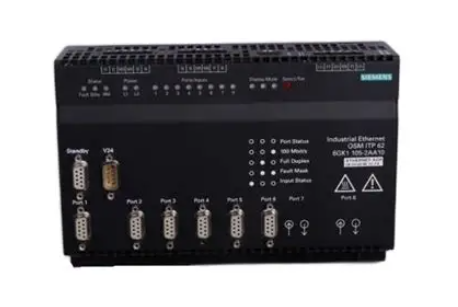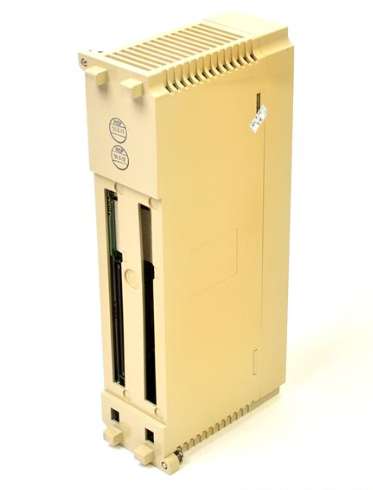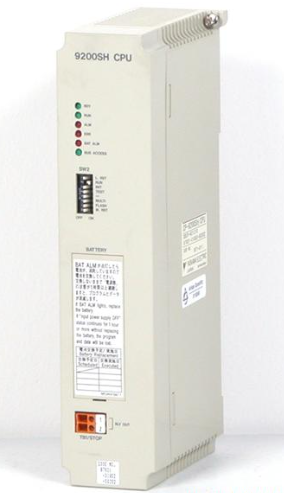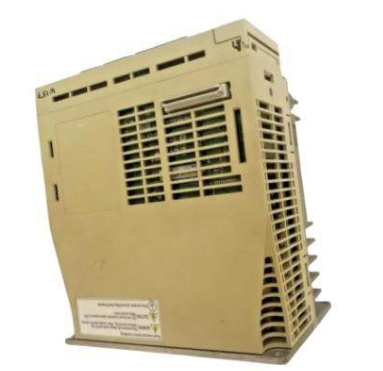Use of reclaimed water treatment
Processing brief:
Membrane bioreactor technology is a new process combining biological treatment technology and membrane separation technology, replacing the secondary sedimentation tank in the traditional process, which can efficiently separate solid and liquid and obtain stable water for direct use. It can also maintain a high concentration of microorganisms in the biological tank, the remaining sludge of the process is less, the ammonia nitrogen is very effectively removed, the suspended matter and turbidity of the effluent are close to zero, the bacteria and viruses in the effluent are greatly removed, the energy consumption is low, and the footprint is small.

Purpose:
For the residents of the community, the water treatment system can provide great benefits. The first is to reduce water bills. Like green water, car wash water and other public water, the general community is directly quoting tap water, and the water fee will eventually be spread to each owner. If the use of recycled water, it is equal to one water two use, a community, a year is not a small cost. Residents generally use tap water to flush toilets, if you use water, you can save 9 liters of tap water, the whole family a month, how many tons? However, due to consumer psychology, many designers do not intend to use the water for indoor clean water. Of course, tap water and water will go through the pipeline twice, which may take up some area.
The cost of the reclaimed water treatment system is very low and does not increase the burden of the buyer. To put it simply, it's a matter of adding more pools. The water quality after treatment is also more guaranteed, and the water quality is better than that of general rivers in urban areas.
Processing process:
The water purification process of the water system is also very simple, and there are generally three levels. At the first stage, the impurities in the water with a large volume are separated from the water mainly by the grating. Due to the high and low water consumption in life, it is necessary to prepare a reservoir to adjust the water volume. More than 90% of the pollutants in the water are removed by secondary treatment. The main methods are biological treatment, physical and chemical method and membrane method. All the treatment methods do not require special investment in manpower and material resources.
Previously, the water system was used in hotels, restaurants, large cultural sports and other public buildings with high water costs and large water consumption. However, with the continuous reduction of water resources and the enhancement of people's environmental awareness, more and more residential buildings have begun to use reclaimed water treatment systems. Water is gradually entering the lives of ordinary people.

Applications:
The development process of inorganic ceramic membrane
Ceramic film, also known as GT film, is an asymmetric film prepared by special process of inorganic ceramic raw materials, in a tubular or multi-channel shape. The ceramic membrane tube wall is densely covered with microholes. Under the action of pressure, the raw material liquid flows in the membrane tube or outside the membrane, small molecular substances (or liquid) pass through the membrane, and large molecular substances (or solid particles, liquid droplets) are trapped by the membrane to achieve the purpose of solid-liquid separation, concentration and purification.
The earliest application in the field of membrane science and technology is organic membrane, which is easy to prepare, easy to form, good performance and cheap, and has become the most widely used type of microfiltration membrane. However, with the development of membrane separation technology and its application, higher and higher requirements have been put forward for the use of membranes, and it is necessary to develop a membrane solid-liquid separation system under extreme conditions. Compared with organic membranes, inorganic ceramic membranes have high temperature resistance, good chemical stability, acid resistance, alkali resistance, organic solvent resistance, and high mechanical strength. It can be backwashed, strong anti-microbial ability, strong washable ability, narrow aperture distribution, large permeability, high membrane flux, good separation performance and long service life.
There are two main obstacles to the application of inorganic ceramic membrane in water treatment, one is the complex manufacturing process, high cost and high price; The second is the membrane flux problem, only by overcoming membrane pollution and improving the filtration flux of the membrane, can it be really applied to all fields of water treatment.
peculiarity
(1) Unique double-layer membrane structure: TiO2 sol was prepared by sol-gel method on the surface of the membrane filter layer, and nano TiO2 photocatalytic material was coated on the ceramic membrane by dipping and pulling method to make the surface of the ceramic membrane have the function of "self-cleaning", slow down the accumulation and blockage of organic substances on the surface of the membrane, and reduce the membrane pollution on the one hand. On the other hand, improve the strength of ceramic membrane tube and membrane filtration flux, improve the stability of membrane flux; Al2o3-zro2 composite film structure: Due to the performance defects of the material itself or some practical problems in the preparation process, a single inorganic membrane material generally can not meet the actual needs, so the development of inorganic loaded composite separation membrane has been rapid development, polyester inorganic ceramic membrane adopts the overall composite technology, through the sol-gel method, Al2o3-zro2 composite film was prepared. Due to the better mechanical strength, chemical durability and alkali erosion resistance of Zro2-containing materials compared with Al2O3, SiO2 and TiO2 materials, Polyester DEAR® inorganic ceramic film had stronger mechanical strength and thermal stability, and the pore size distribution of the composite film was narrow and unimodal.

(2) Online recoil and stable membrane flux can be achieved: Due to the unique structure and mechanical properties of the composite ceramic membrane, it can effectively withstand the recoil pressure below 0.4mp, and can achieve online recoil, so as to obtain a stable membrane flux, which overcomes the problems of the inorganic membrane system in the application of water treatment, such as high price, easy pollution, small membrane flux, and large equipment, and makes the application of inorganic ceramic membrane system in water treatment possible. Inorganic ceramic membrane is specially designed for sewage treatment, its biggest feature is the membrane flux is large, its operating membrane flux is 10-100 times of organic membrane, is 50-10 times of ordinary porous ceramic membrane, high mechanical strength, pollution resistance, can achieve online recoil.
Main technical parameters
Film thickness: 50-60μm, membrane aperture: 0.01-0.5μm;
Porosity: 44-46%;
Filter pressure: 1.0Mpa, recoil pressure: below 0.4Mpa;
Film material: double layer film, TiO2 outer film; Inner membrane Al2O3-ZRO2 composite membrane
Ceramic membrane main application areas
Reclaimed water reuse;
Detoxification of raw water in factory farming;
Power plants, chemical plants and other large cooling circulating water side filter system;
Oilfield produced water reuse treatment;
Waste treatment of rolled steel emulsion;
Metal surface cleaning fluid regeneration treatment.
- EMERSON
- Honeywell
- CTI
- Rolls-Royce
- General Electric
- Woodward
- Yaskawa
- xYCOM
- Motorola
- Siemens
- Rockwell
- ABB
- B&R
- HIMA
- Construction site
- electricity
- Automobile market
- PLC
- DCS
- Motor drivers
- VSD
- Implications
- cement
- CO2
- CEM
- methane
- Artificial intelligence
- Titanic
- Solar energy
- Hydrogen fuel cell
- Hydrogen and fuel cells
- Hydrogen and oxygen fuel cells
- tyre
- Chemical fiber
- dynamo
- corpuscle
- Pulp and paper
- printing
- fossil
- FANUC
- Food and beverage
- Life science
- Sewage treatment
- Personal care
- electricity
- boats
- infrastructure
- Automobile industry
- metallurgy
- Nuclear power generation
- Geothermal power generation
- Water and wastewater
- Infrastructure construction
- Mine hazard
- steel
- papermaking
- Natural gas industry
- Infrastructure construction
- Power and energy
- Rubber and plastic
- Renewable energy
- pharmacy
- mining
- Plastic industry
- Schneider
- Kongsberg
- NI
- Wind energy
- International petroleum
- International new energy network
- gas
- WATLOW
- ProSoft
- SEW
- wind
- ADVANCED
- Reliance
- YOKOGAWA
- TRICONEX
- FOXBORO
- METSO
- MAN
- Advantest
- ADVANCED
- ALSTOM
- Control Wave
- AB
- AMAT
- STUDER
- KONGSBERG
- MOTOROLA
- DANAHER MOTION
- Bently
- Galil
- EATON
- MOLEX
- Triconex
- DEIF
- B&W
- ZYGO
- Aerotech
- DANFOSS
- KOLLMORGEN
- Beijer
- Endress+Hauser
- MOOG
- KB
- Moxa
- Rexroth
- YAMAHA
- Johnson
- Westinghouse
- WAGO
- TOSHIBA
- TEKTRONIX
- BENDER
- BMCM
- SMC


Email:wang@kongjiangauto.com


